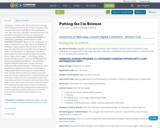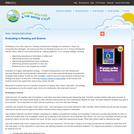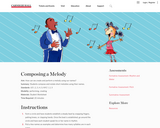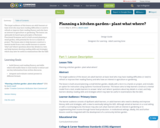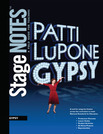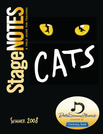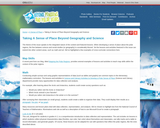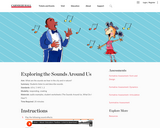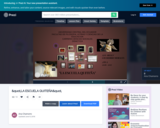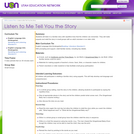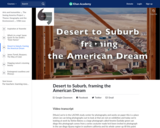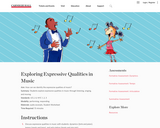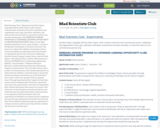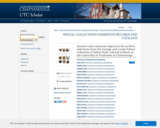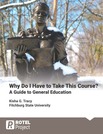
Why Do I Have to Take This Course? A Guide to General Education helps students think about why they take General Education courses and what significance they have, individually and as a program as a whole. It allows students the time to contemplate connections, the potential reasons for developing certain learning outcomes and skills, and the applications to other courses as well as their professional and personal lives. General education is viewed through the lens of what John Lewis called "good, necessary trouble," expanding on how the liberal arts and sciences contribute to understanding and creating change in the world. Sections include stories, research, testimonies and reflections about student success, links to further readings, and activities.
- Subject:
- Education
- Higher Education
- Material Type:
- Assessment
- Reading
- Textbook
- Provider:
- Remixing Open Textbooks through an Equity Lens (ROTEL) Project
- Author:
- Kisha G. Tracy
- Date Added:
- 01/29/2024

